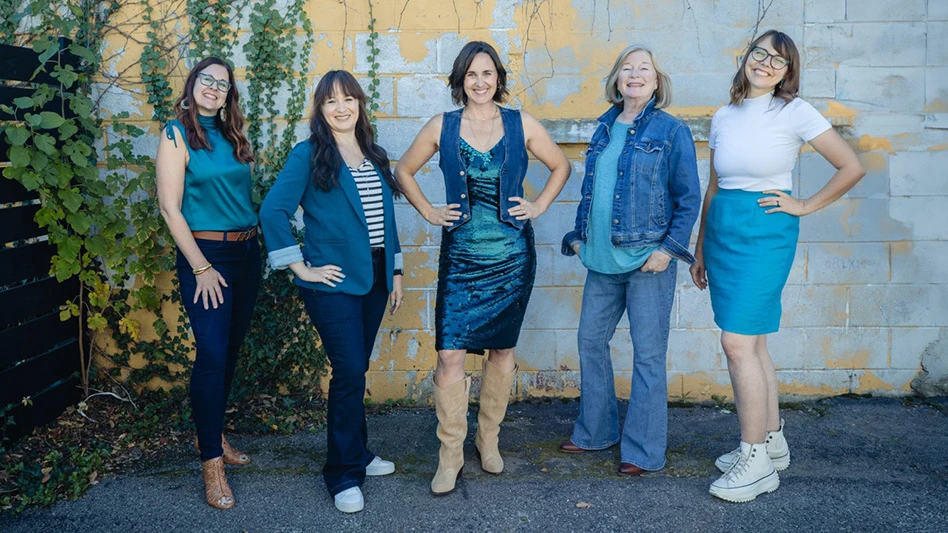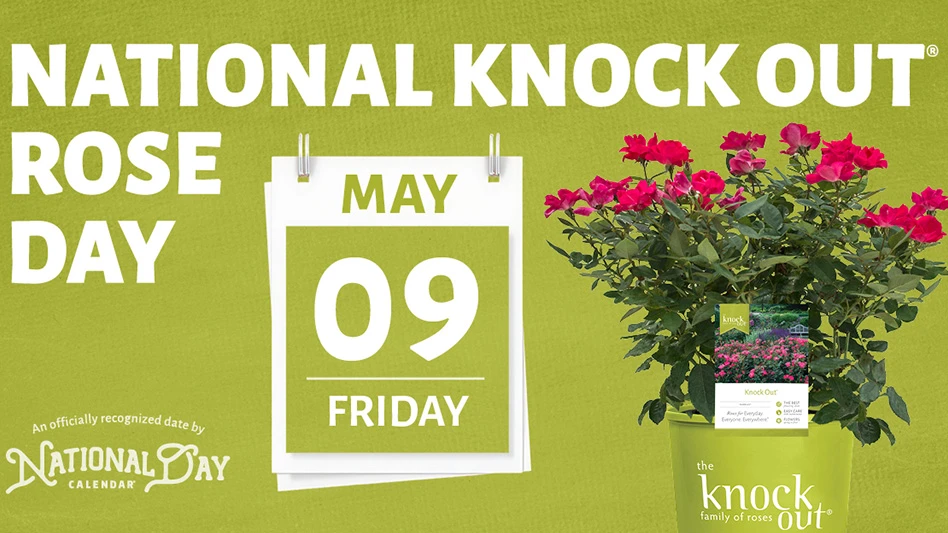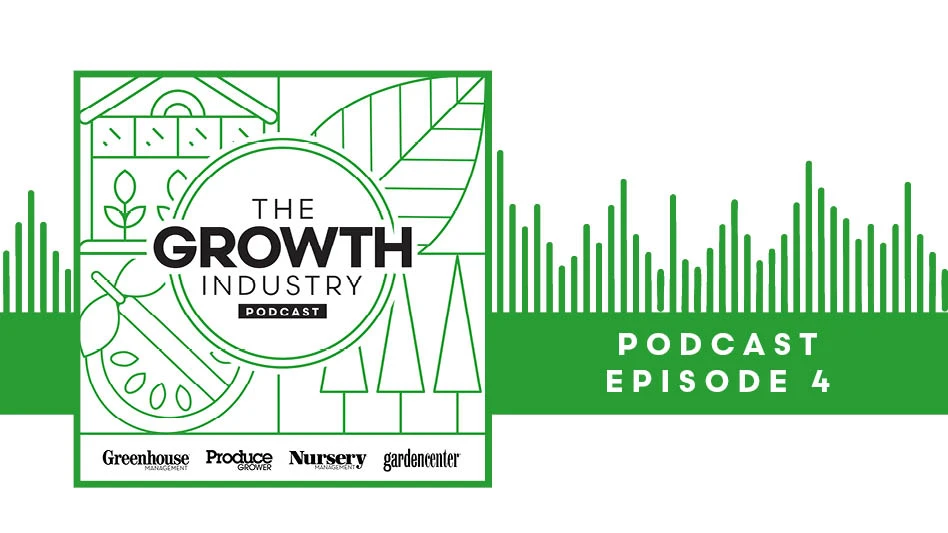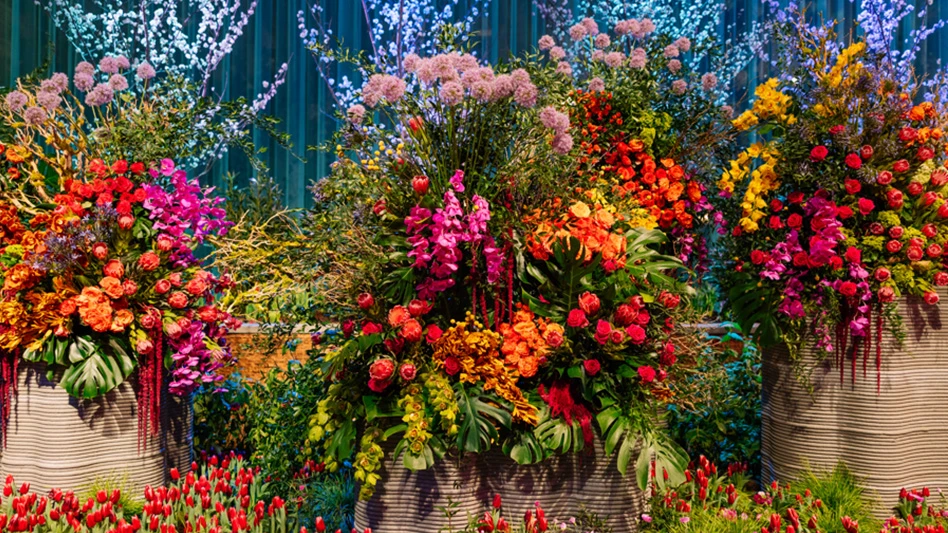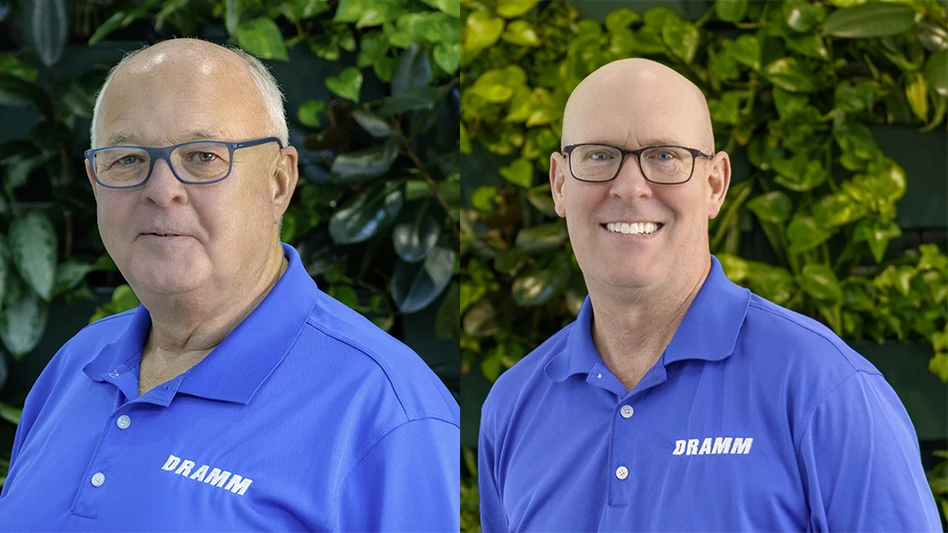
Water is a big deal for any nursery, but it’s an even bigger deal when your nursery is essentially surrounded by it. Our cover subject this month is Eastern Shore Nursery of Virginia’s Robin Rinaca. Robin got into this business a different way than many of you, but she’s done an excellent job modernizing her nursery and finding a way to make it profitable. Read the story starting on pg. 14 to find out more.
One tidbit that didn’t make it into the article is Robin’s conservation efforts. The Eastern shore of Virginia is essentially a strip of land between the Chesapeake Bay and the Atlantic Ocean. It’s about 70 miles long and between five to 10 miles wide. Most of the land is undeveloped or used agriculturally. It’s uniquely-situated for nursery production as the nursery is five miles from the ocean and five miles from the bay. Robin prides herself on being a good steward of the land and protecting water quality. She planted vegetative buffers along the nursery’s waterways that filter water entering catchment basins, which dump water into the nursery’s irrigation ponds. Recycling water is important, because the nursery relies on runoff and spring-fed ponds for 95% of its water. There’s a single-source aquifer on the peninsula, and it’s not for agricultural use.
In last month’s sustainability-focused issue, we covered the plastics problem. But what we didn’t do was consider what is often found inside the container. Stateside nurseries often look across the Atlantic for inspiration. That’s because trends and ideas often are first seen in Europe. So you may be aware that European nurseries have had to consider a change in growing media because of their governments’ plans to phase out peat. There’s a sense that the horticulture industry’s use of peat is environmentally irresponsible. Even National Geographic jumped on the bandwagon. But do the facts back up those assertions? James Altland, research horticulturist for USDA-ARS Application Technology Research Unit, presents the case for peat in this issue. Read his scientific point-by-point takedown of those claims, starting on pg. 22.
For more container goodness, check out this month’s Tinkering for Profit on pg. 10. Jim Owen and Jeb Fields explain the concept of stratifying your substrate. If you want to see if you can harness those benefits at your own operation, they’ve even provided a helpful step-by-step plan to follow.
Summer’s here, which means the green industry will converge on Columbus, Ohio, once again. I know I like to go into Cultivate with a plan. At least 12 percent of a plan, anyway. That’s why we compile our Cultivate preview guide every year, so you can plan your days at the giant trade show. There are often multiple talks happening at once, targeting not just the nursery industry but every facet of horticulture. We’ve gone through the educational sessions and picked some that we think will be the most relevant to you. Of course, if you’re going to Cultivate I highly recommend setting aside some time to walk the floor. There’s so much to see. I always wish I took more time to go aisle-by-aisle and chat with the folks manning the booths.
If you’ll be there, come see us at booth 1637.


Explore the June 2024 Issue
Check out more from this issue and find your next story to read.
Latest from Nursery Management
- How to create a sustainable plant nursery
- Grant awarded to test western U.S. wood species for use as wood fiber potting substrate
- Pennsylvania Horticultural Society announces 2025 Gold Medal Plant winners
- GIE Media Horticulture Group wins five regional 2025 Azbee Awards of Excellence
- Get to know Pat Reilly with NewGen Boxwood and the American Boxwood Society
- Terra Nova Nurseries introduces rust-free and disease-resistant heucherella
- John T. Nickel, founder of Greenleaf Nursery Co., passes away at 89
- Three tours offered at 2025 Farwest Show
